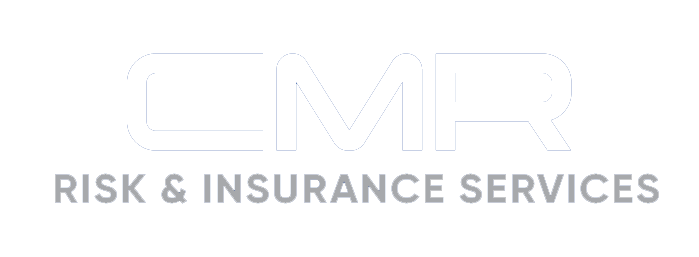How Property and Casualty Insurers Can Bring New Value to Partnerships

The world of property and casualty insurance sales has radically changed since in recent years. Trends that were already gaining speed before the pandemic have been fast-tracked: Consumers have massively adopted digitization, and companies have invested in digitizing interactions that were previously face-to-face. Data evolution has followed suit, with connected vehicles generating more and more data about our roads and how we drive.
At the same time, people are looking beyond transactional partnerships, craving relationships built on trust and credibility. Knowing how to provide this, even when carrying out interactions virtually, will be crucial to adding value and building strong connections.
What do changes in the industry mean for how you form partnerships?
Digitization has created a way of handling claims that exceeds anything we experienced pre-pandemic. The increase in data and reporting means an increase in awareness; agents can get a much clearer picture of the conditions, or “weather forensics,” at a particular location. Catastrophe modeling has become more accurate and efficient, which is better for policyholders because it saves wasted costs.
However, as roads filled up post-quarantine, costs have skyrocketed. The increased frequency of accidents in the rebound state caused many insurers to rapidly raise rates. In fact, road deaths increased more than 10% from 2020 to 2021, the largest yearly percentage increase in the Fatality Analysis Reporting System’s history.
This caused a boomerang effect on lower rates and auto insurance refund checks. Insurance carriers rolled out relief credits to people who lost the value of their policies because they weren’t able to drive during the pandemic.
On top of these situational conditions, data evolution made insurer telematics more popular in 2020, with a third of property and casualty insurers actively engaging in telematics to form policies and monitor driving.
What does this mean for insurance partnerships? With the reliance on data and digital content, insurers need ways of connecting with others that are still reliable, human and effective.
Take generating leads, for example. Carriers are forced to decide between investing money into brand and awareness strategies or developing affinity marketing to build longer-term credibility and deeper trust.
More intimate communication is becoming important to people. A chance to build rapport, rather than communicating through transactional check-box-style digital content, is appreciated. You now need to convey your commitment to consumers by showing that you know the product, understand what they need, and have answered their questions before they even ask — all through digital content.
For this reason, personalization is a very timely tactic. Data-based individualization can help insurance organizations get closer to consumers, build more intimate relationships, and provide more particular and helpful data. You can help the consumer feels as if you are across the table from them.
How can you bring new value to partnerships?
Digitization and data evolution have transformed how people relate to each other in the property and casualty insurance industry. The ways we form partnerships will require different skills and strategies, such as:
No. 1: Practice broader thinking.
A partnership isn’t just built around a single product or service. Partnerships can change shape and expand to fit the ways people interact. If you have more products and options available and can take your communication to a global scale, you can add value to your company without sacrificing the intensity or intimacy of affinity relationships.
Partnerships need to be more holistic in nature rather than just sharing a mailing list. There is so much data available that partnerships don’t need to rely solely on sharing lists; instead, companies can partner to add different kinds of strategic value.
No. 2: Use data to offer unique benefits.
Data can help companies move beyond transactional partnerships by giving them the opportunity to build deeper, more personal connections. Data can add insight on topics the partner organization cares about, such as diversity, equity and inclusion initiatives and innovation.
Furthermore, personalized messages can bring extra value at the right time. Data evolution means companies and partners can also be more predictive in the ways they communicate with each other. This allows companies and partners to get ahead of problems and stay on top of valuable opportunities.
No. 3: Get back to live interactions.
Digital tactics are great for when you need to be virtual, but the reality is that many customers still want to buy from a live person, especially when they have complex or uncertain needs. Getting back to live communication will be an essential part of the value puzzle for property and casualty insurers to keep robust lead pipelines.
Although virtual tools might move leads further down in the sales funnel, there is still a large population of people who want to connect with a live person when it comes to hitting the bind button.
Building great partnerships will be crucial to sustainability and success in 2023 and beyond. Transactional relationships are out; co-marketing, collaboration and data individualization are in. And don’t forget live interactions. The virtual world can never replicate the trust you build when meeting partners face-to-face.
Source – PropertyCasualty360.com
